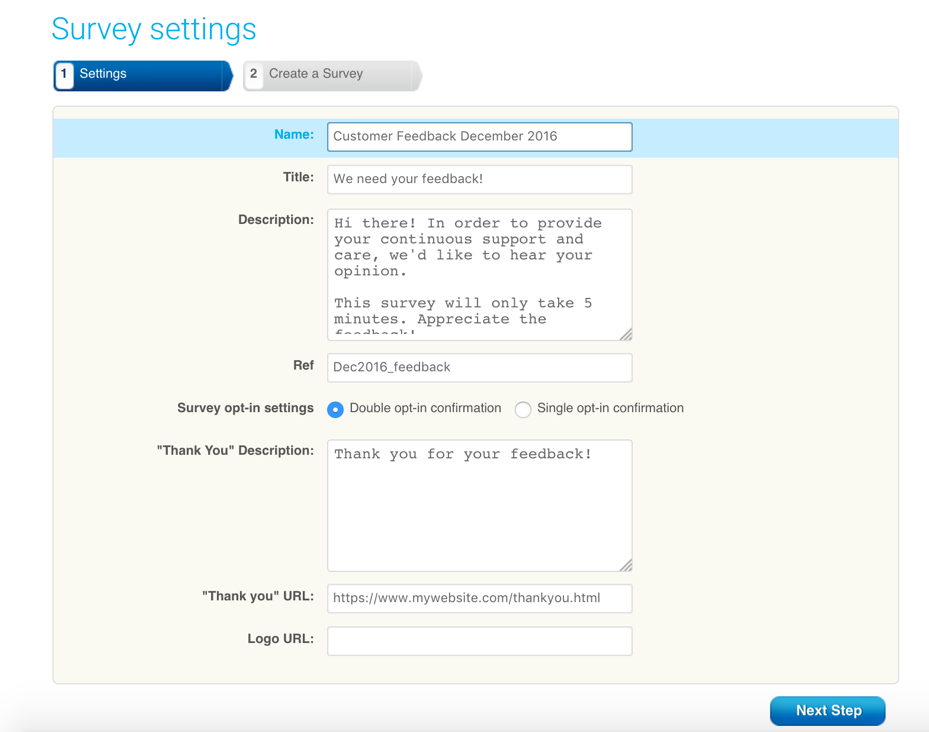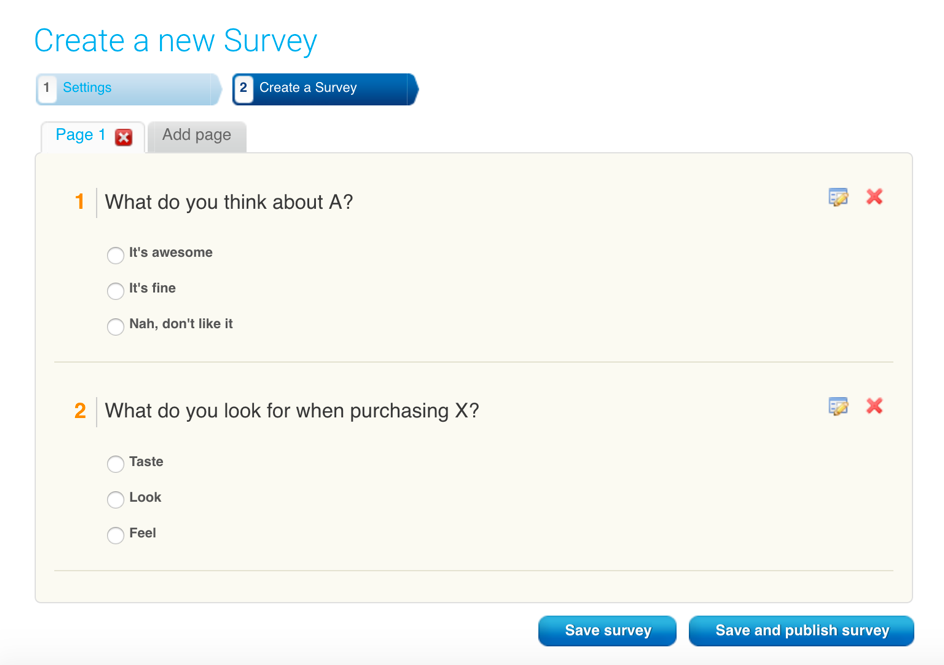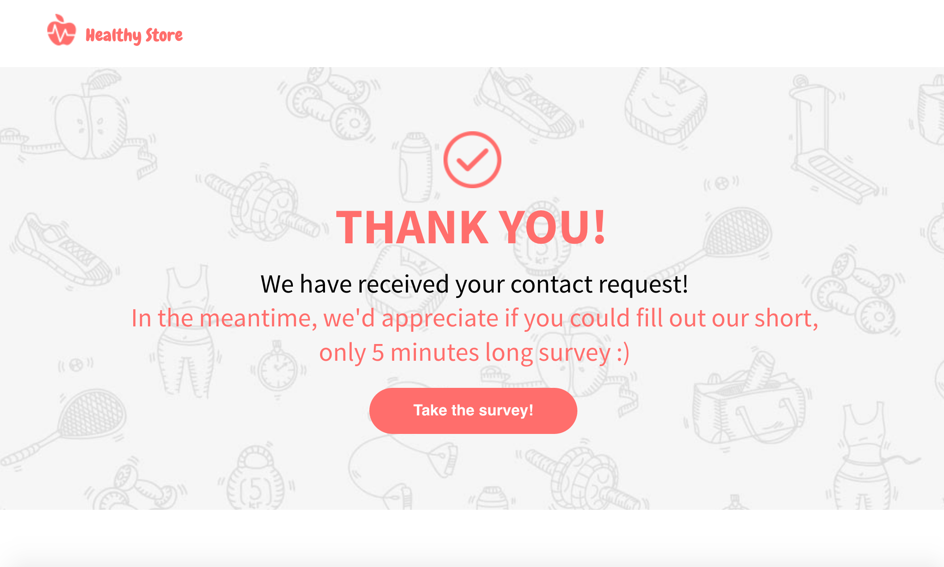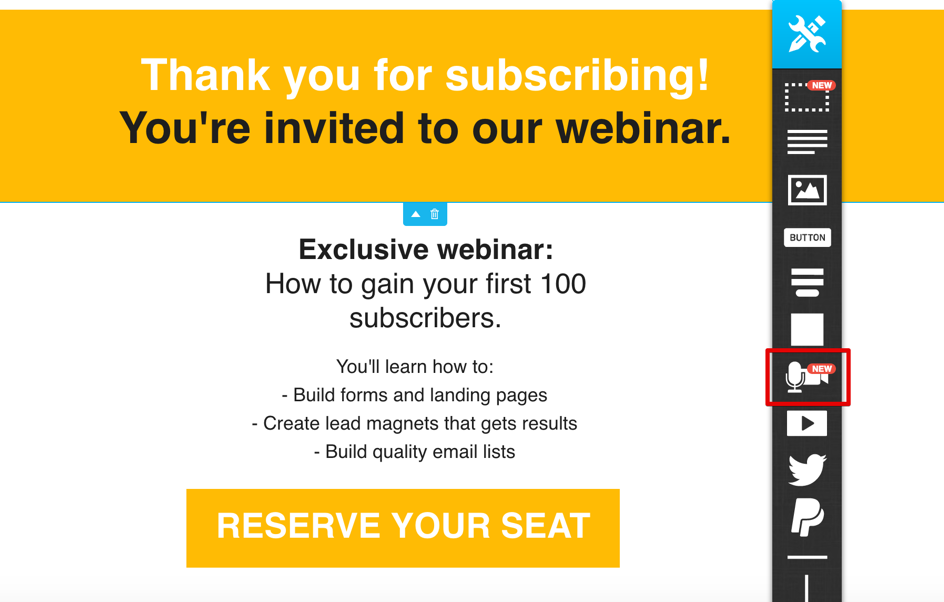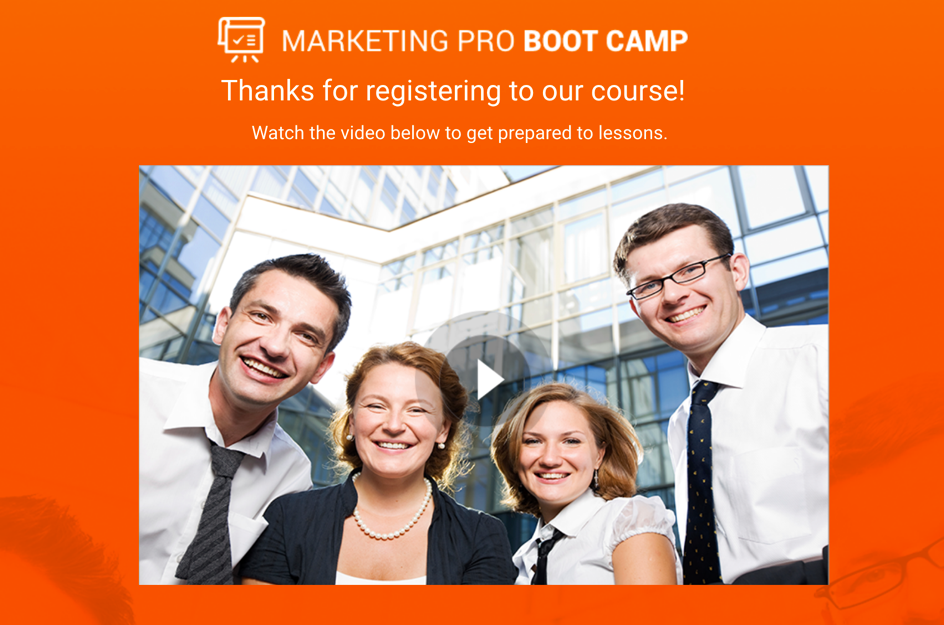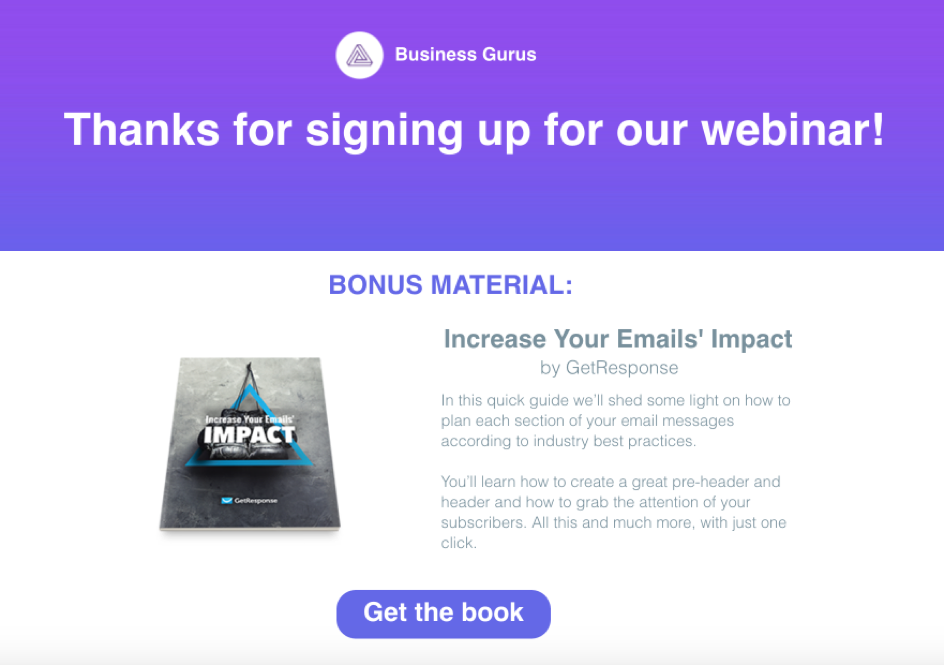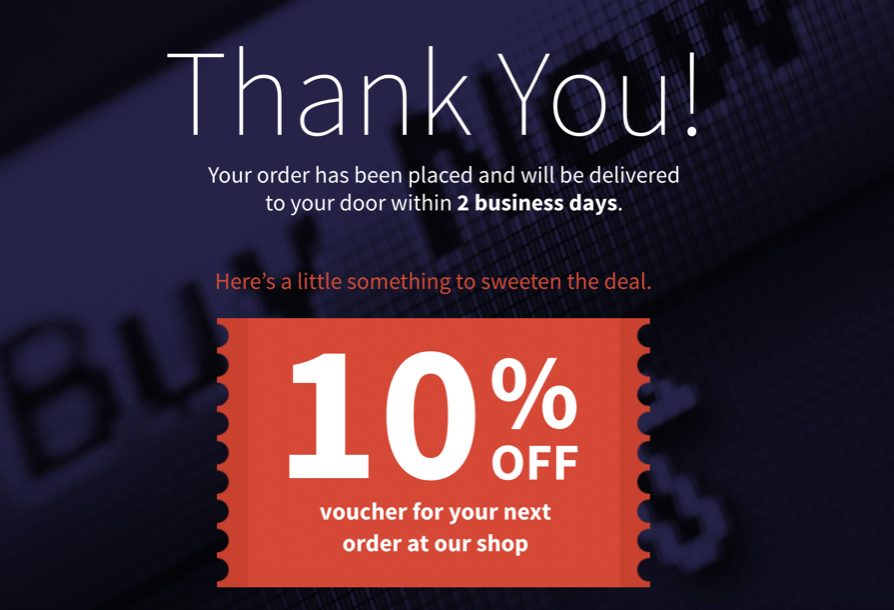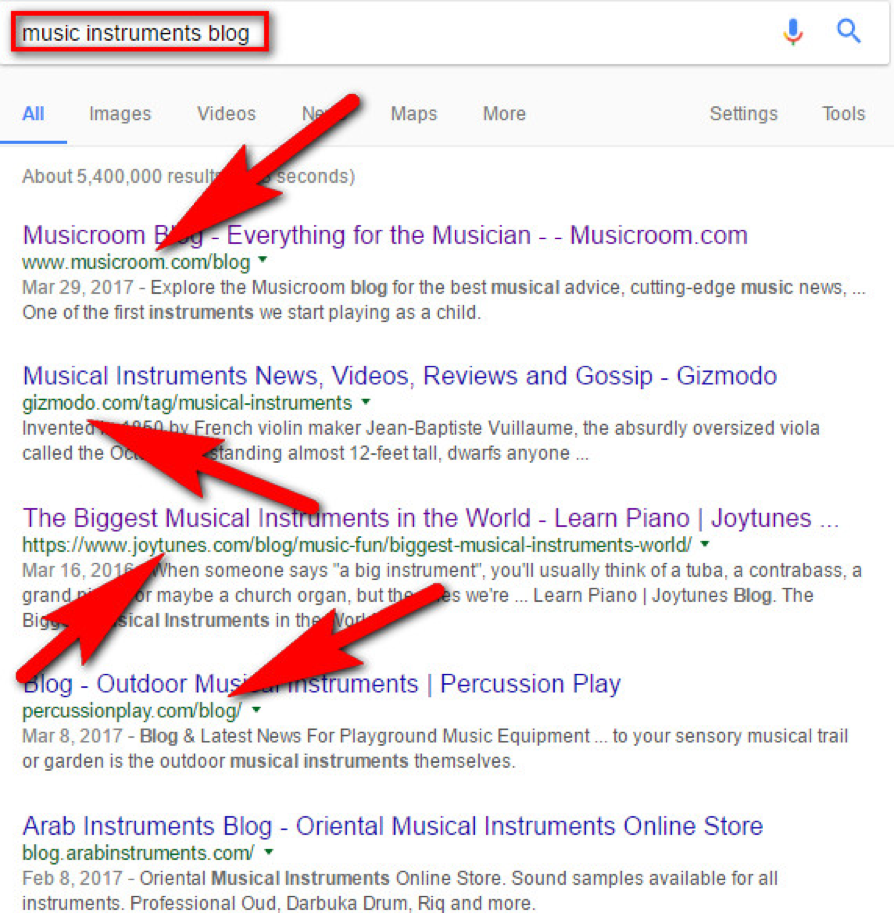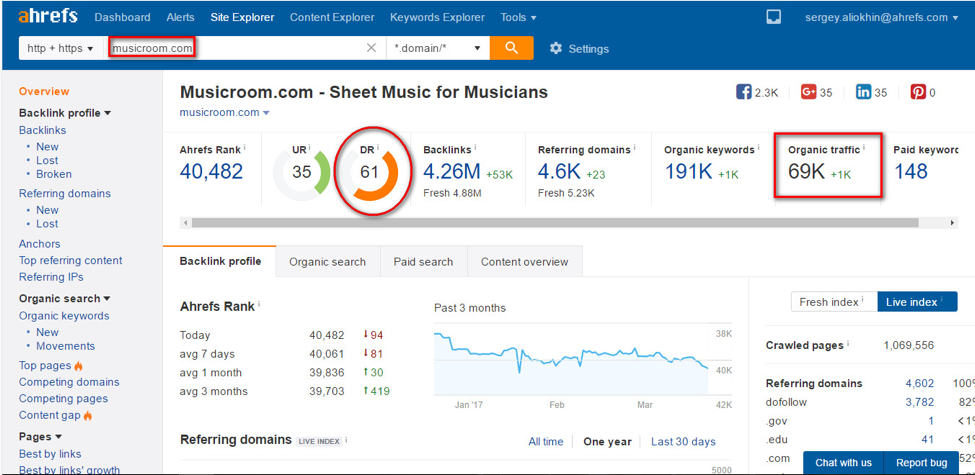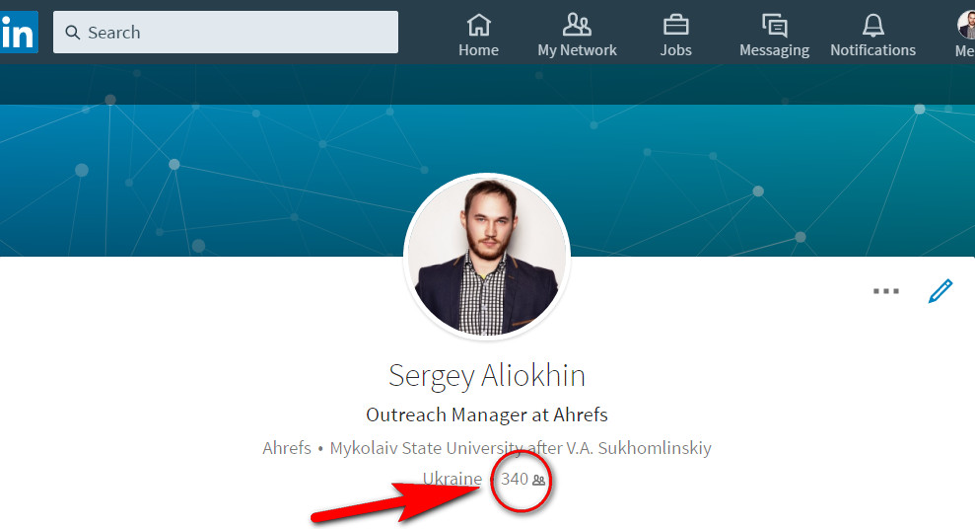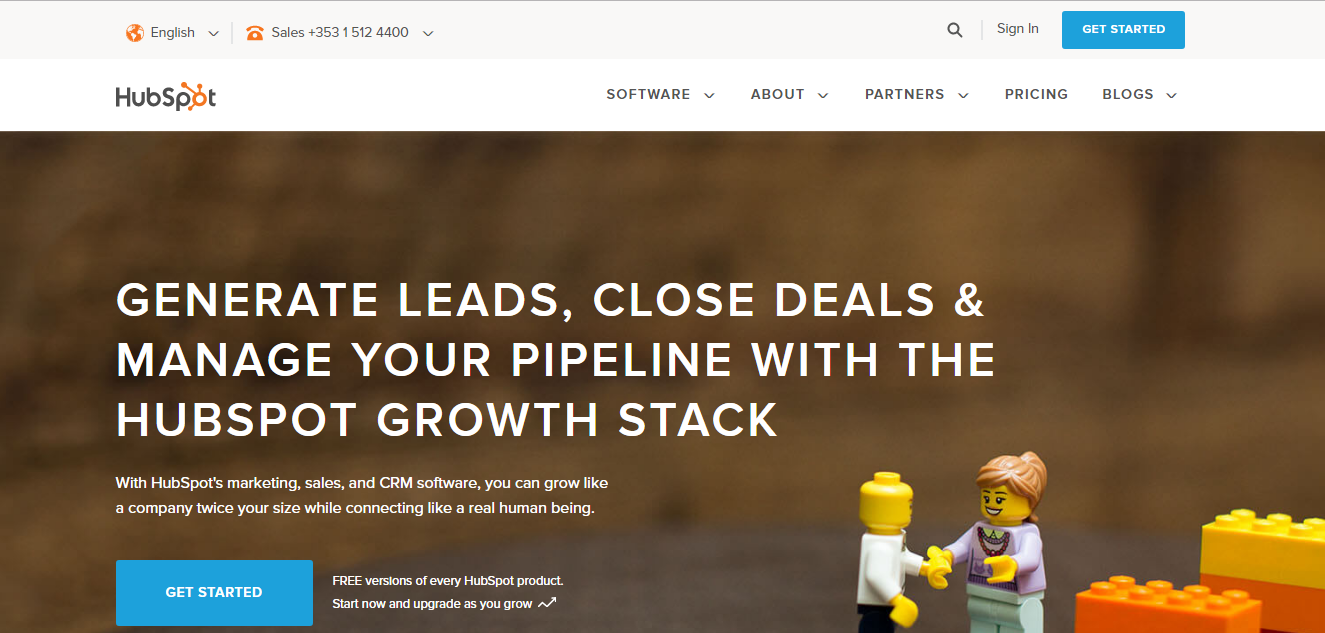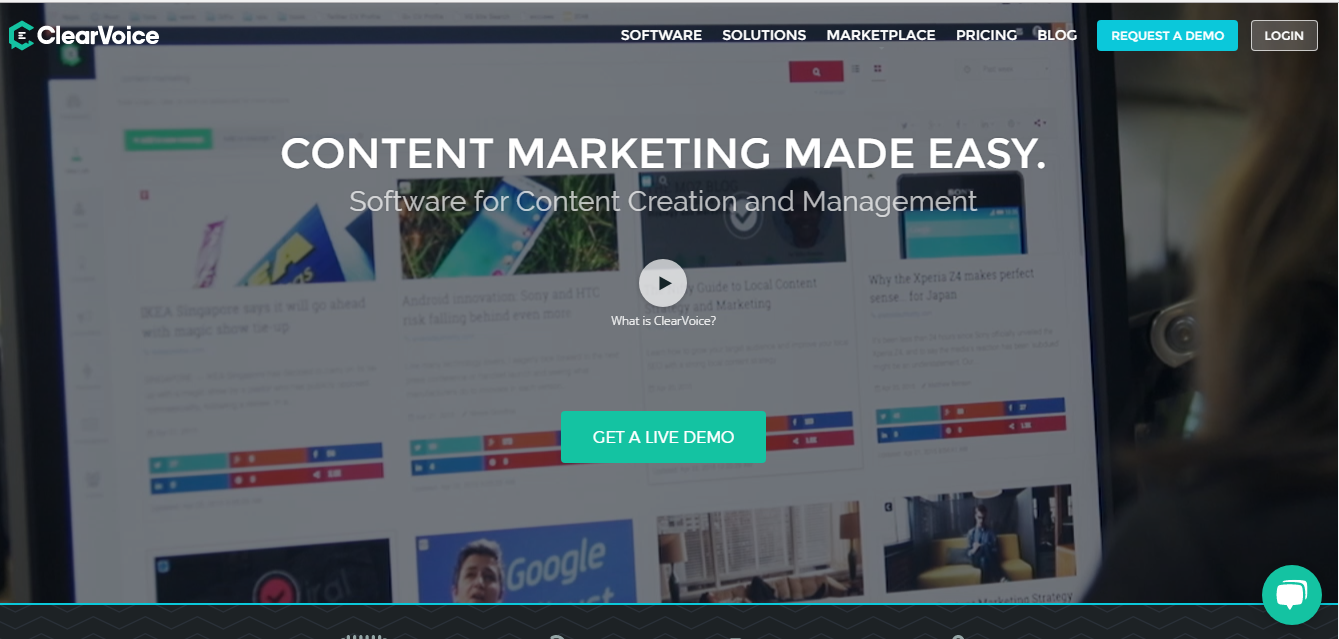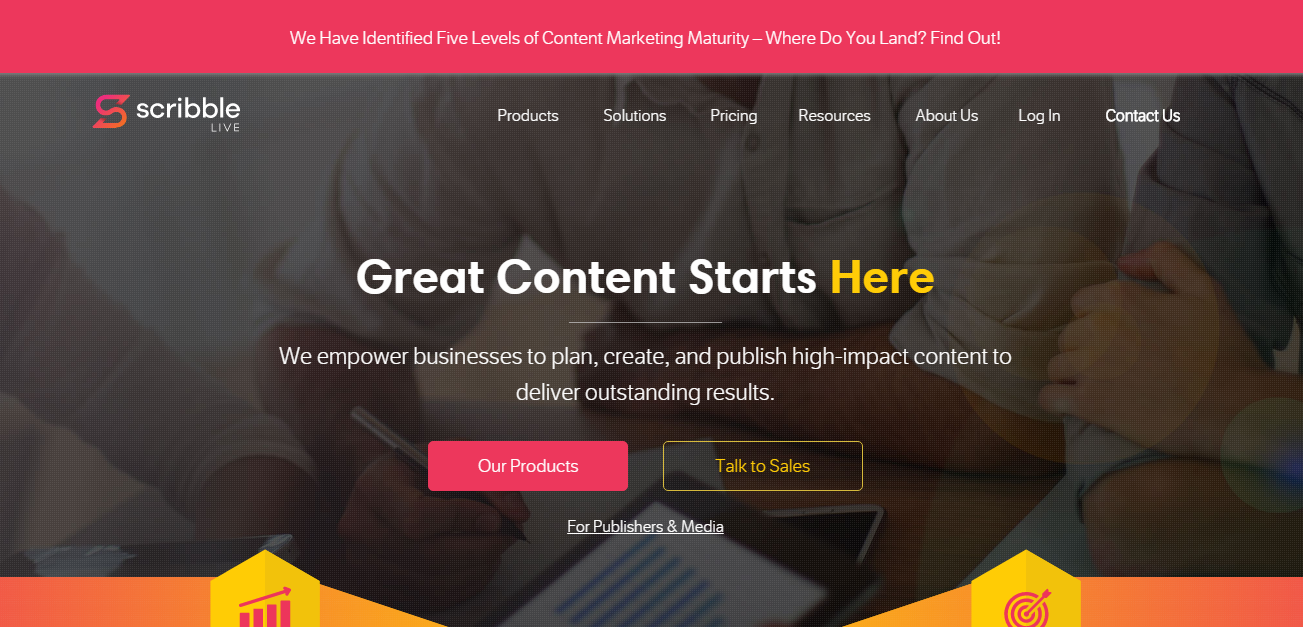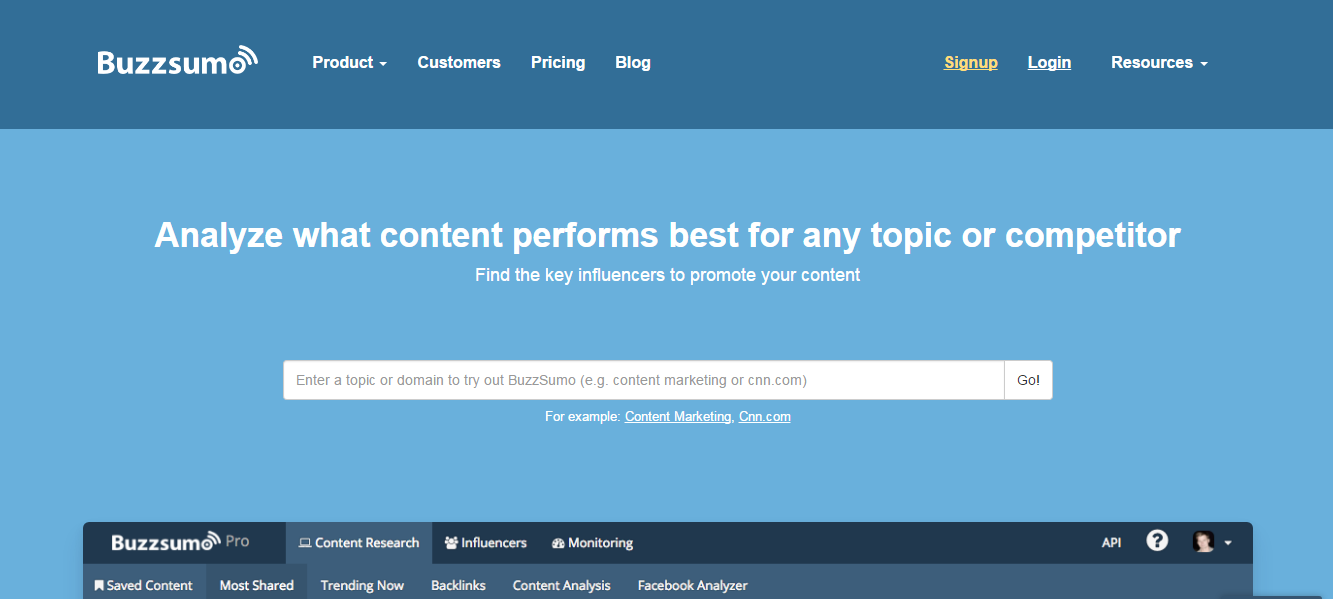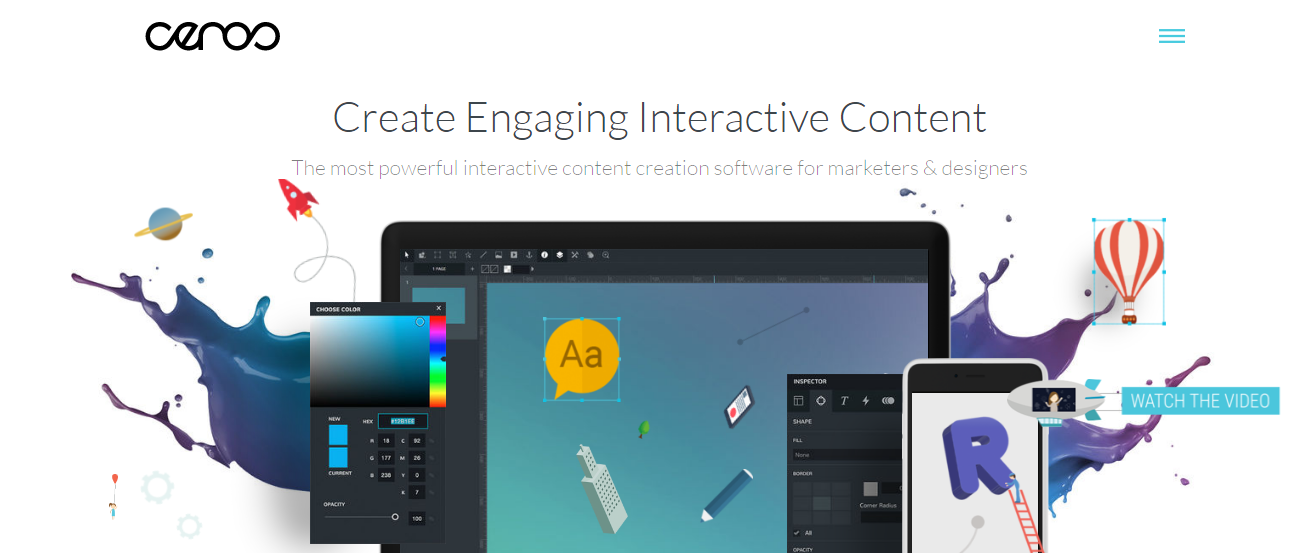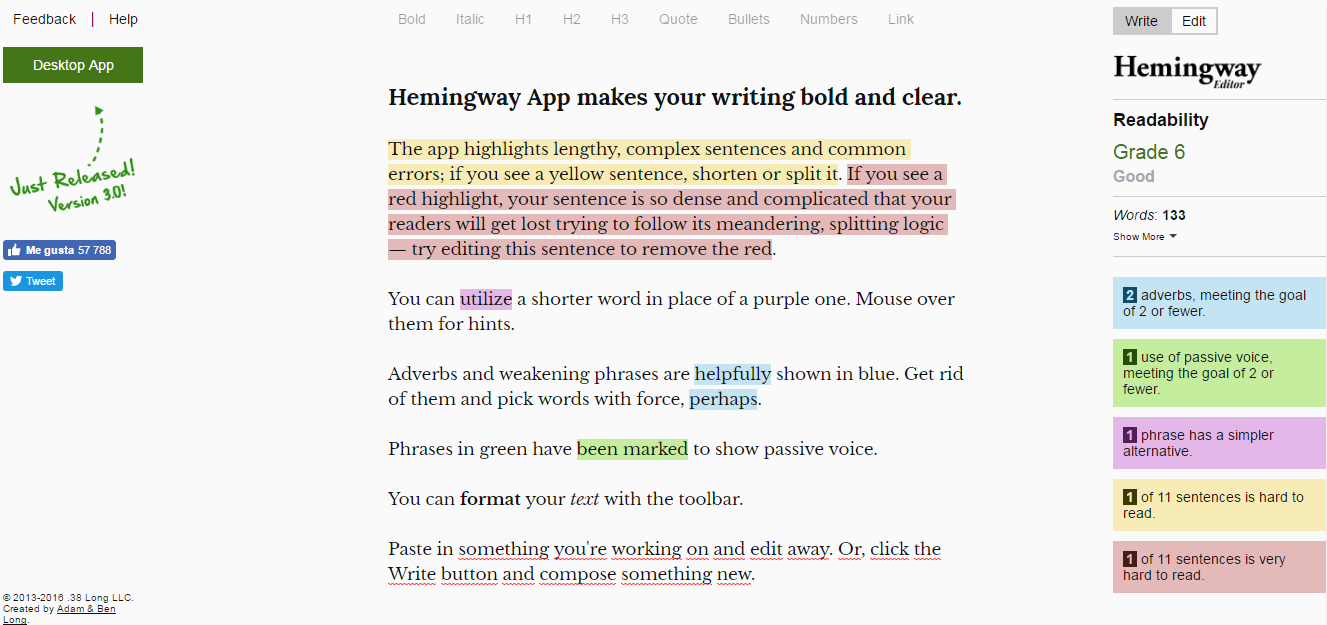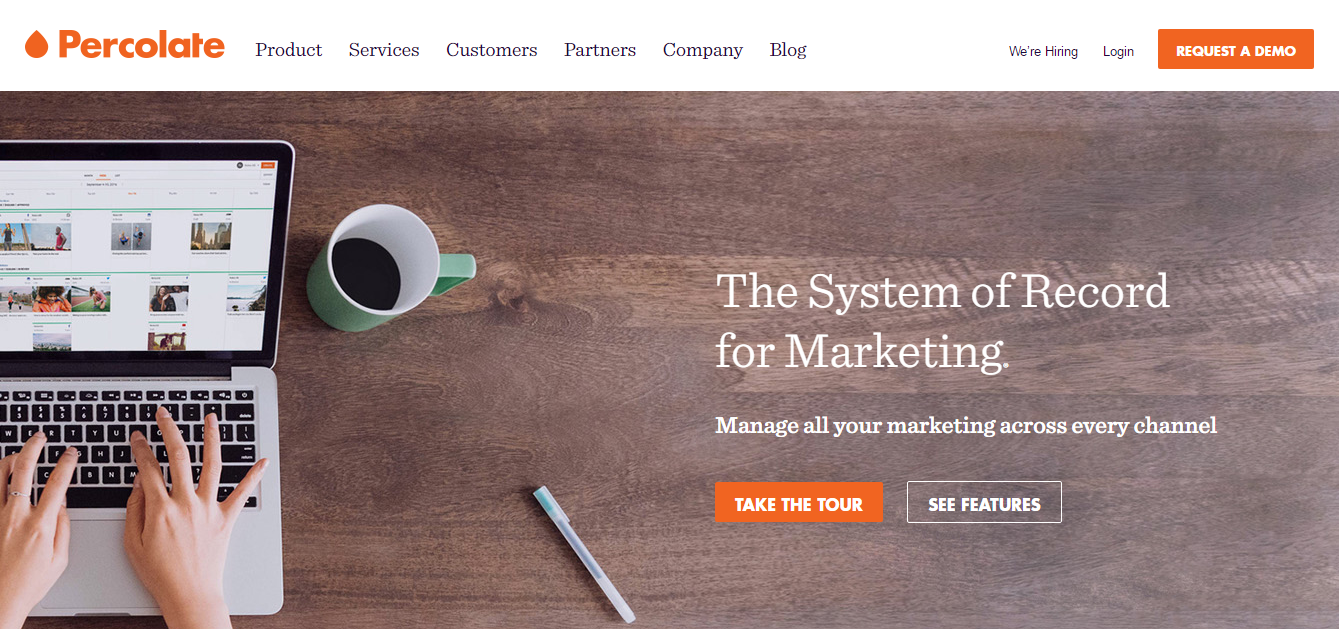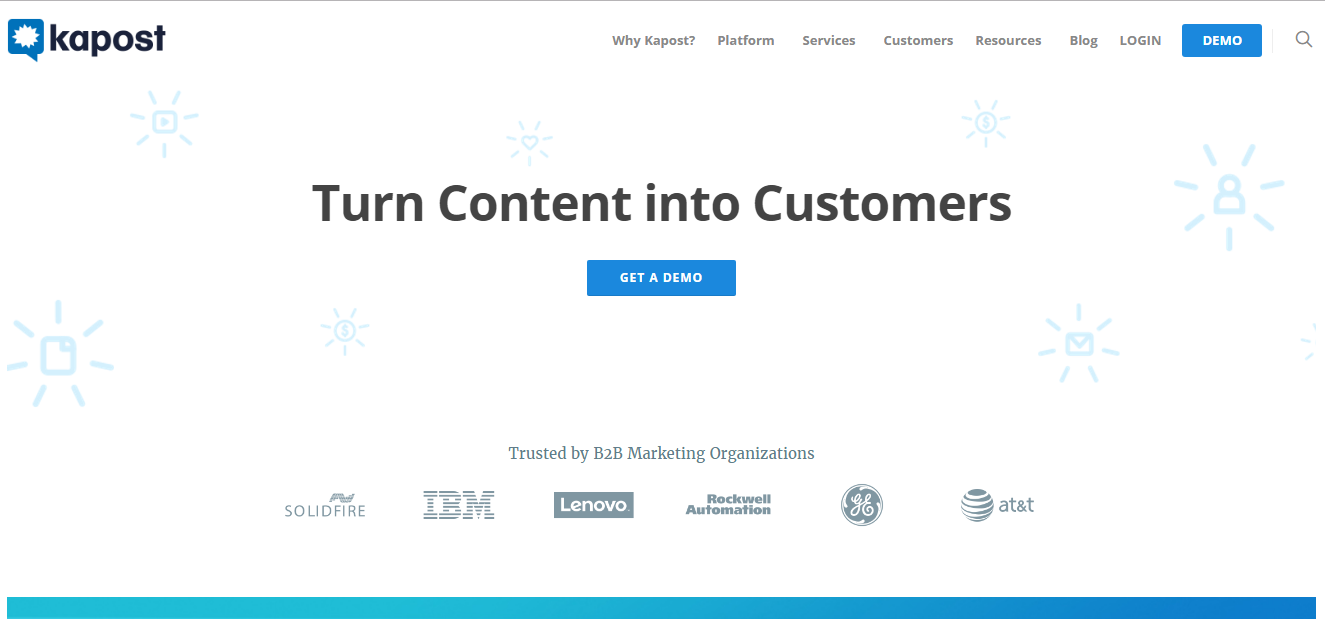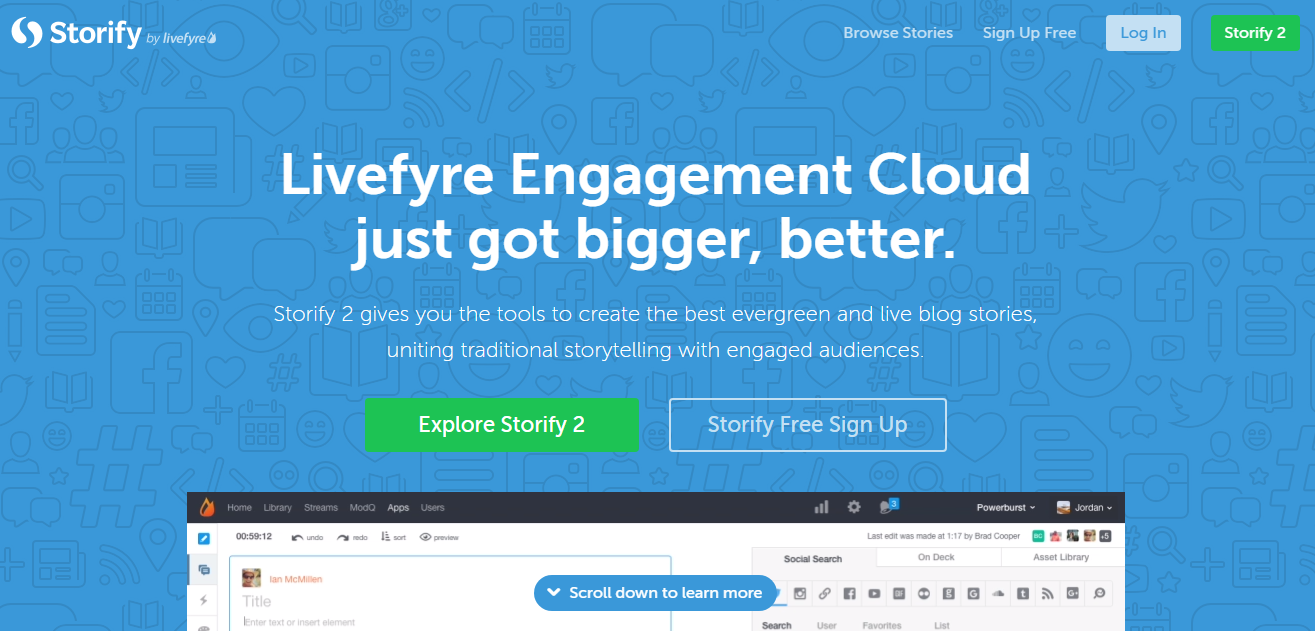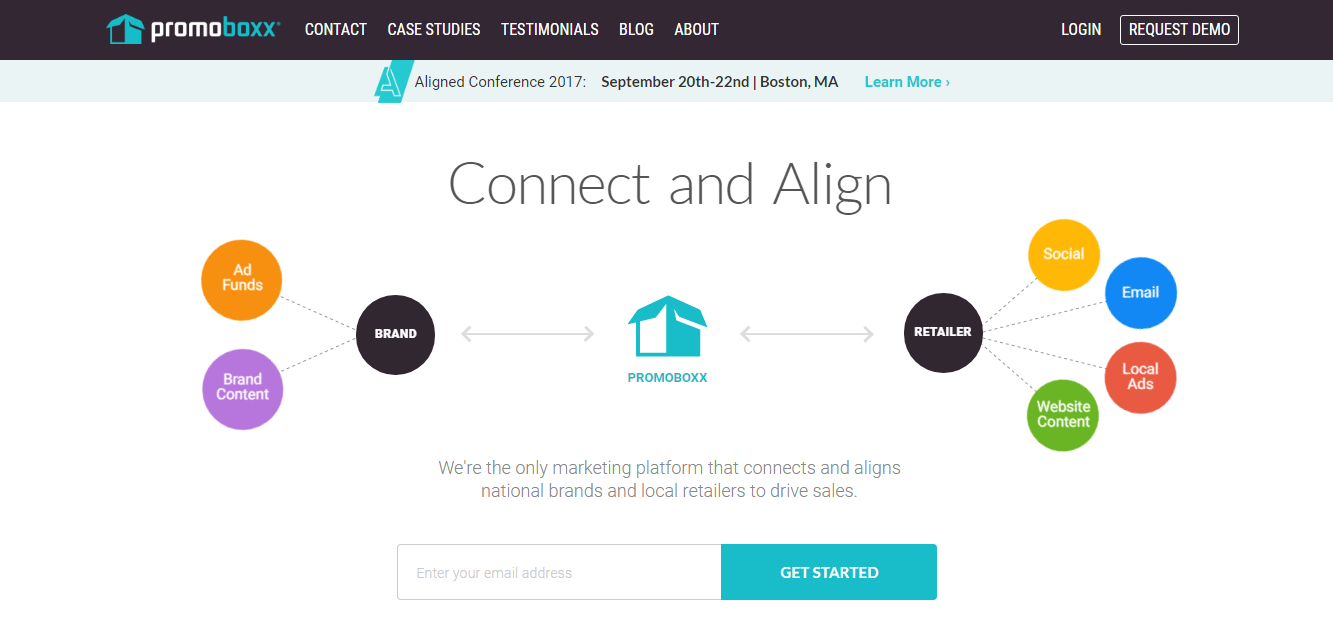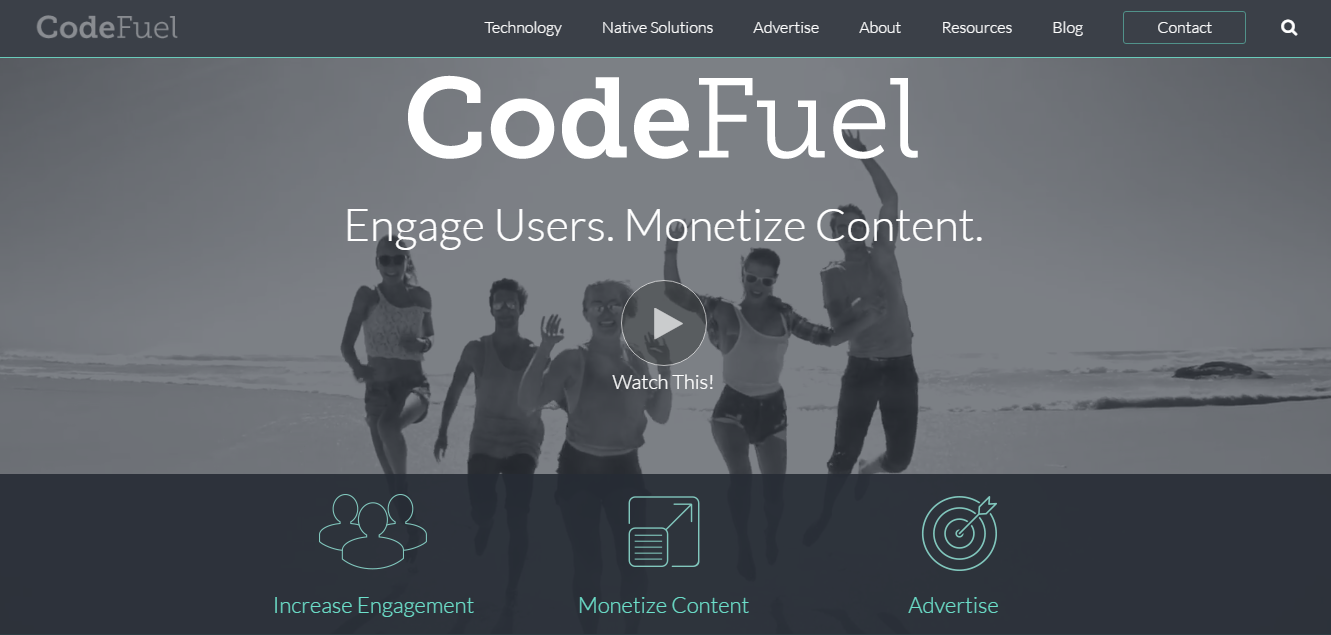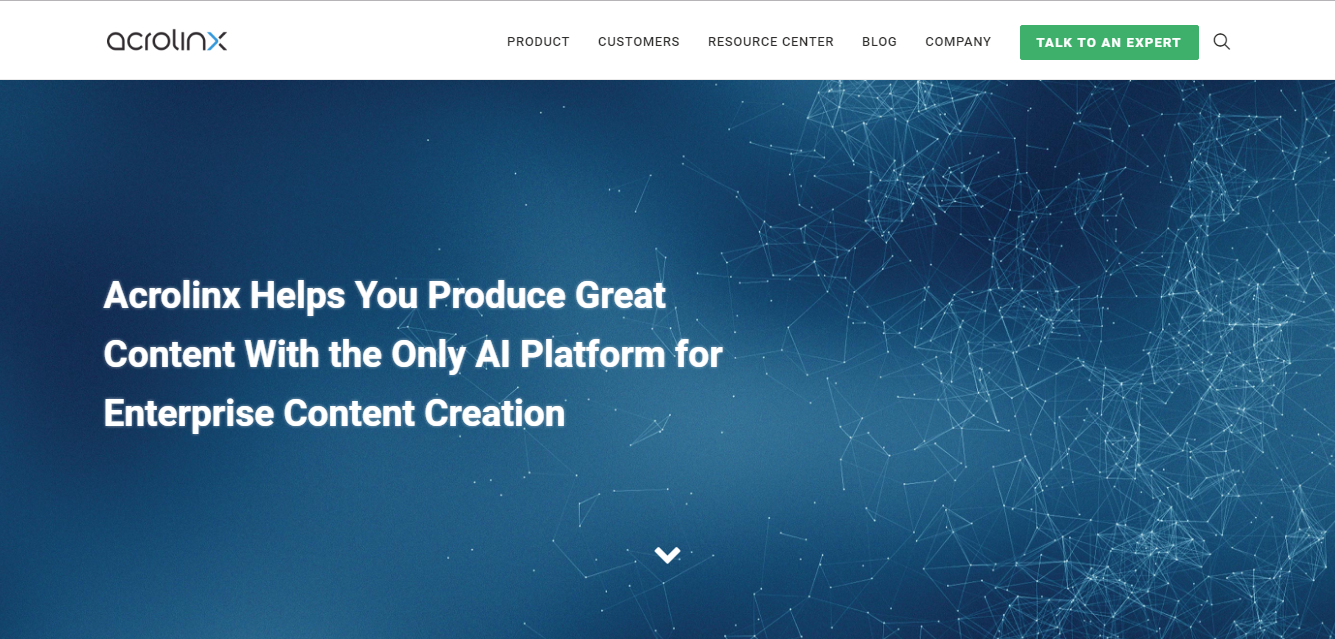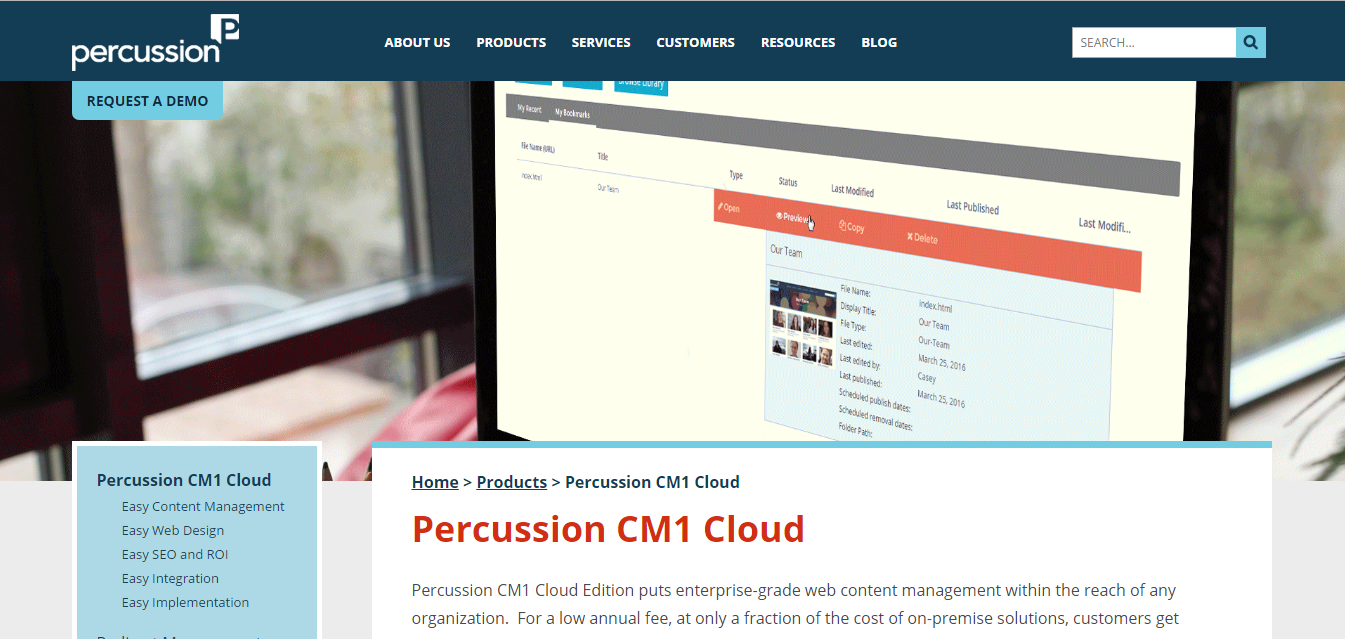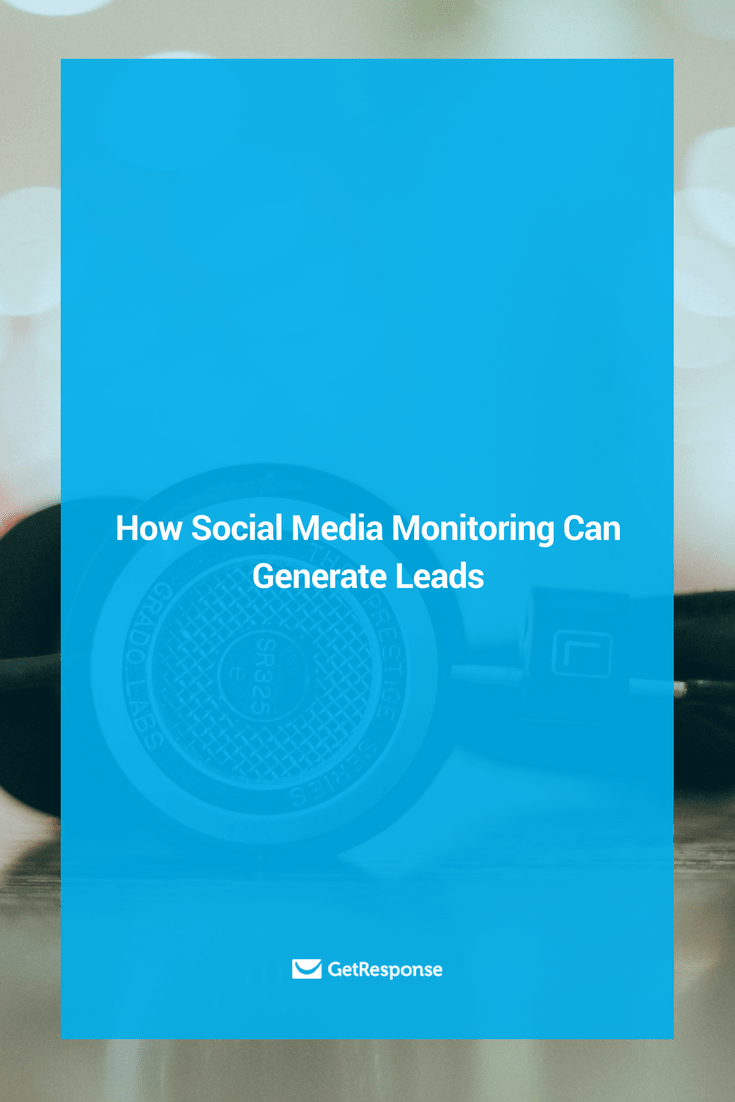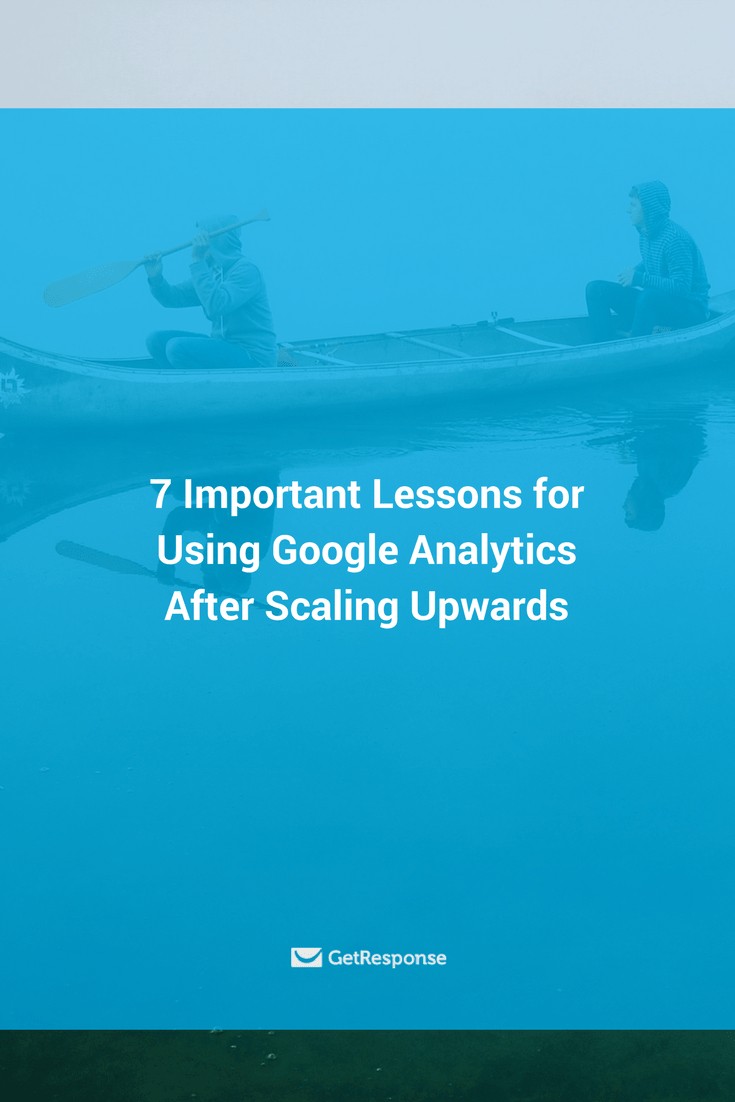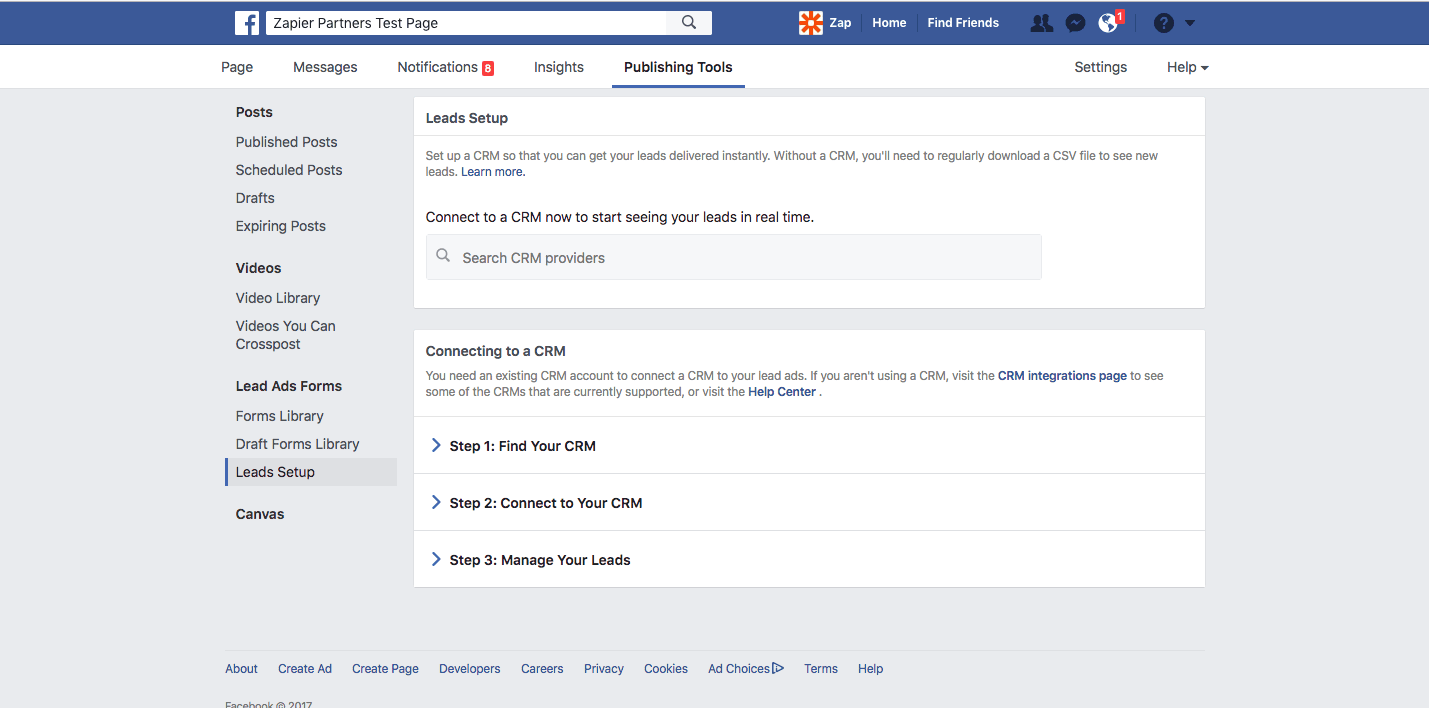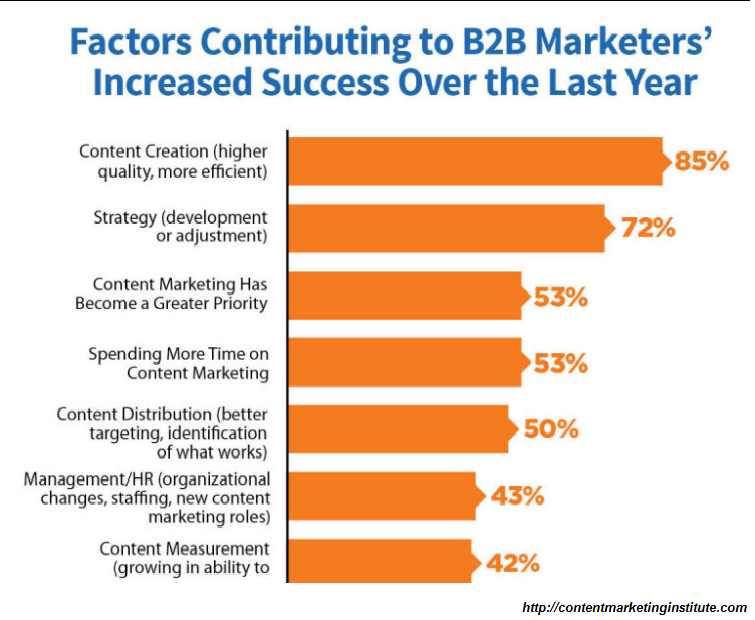One article with all the online advertising opportunities sounds neat, right?
I thought the same so here is the post.
Throughout the years at Linkody (the tool to monitor backlinks) we have tested different online ad options. In this article, you will find info about the ways to advertise your business, the expected costs and how to launch different campaigns.
Nowadays, when every platform with a few thousand daily users is developing an online advertising solution, gathering the most lucrative ad options seemed like a good idea.
This post reviews the most popular advertising platforms and their ad solutions – happy advertising.
1. Display network campaign
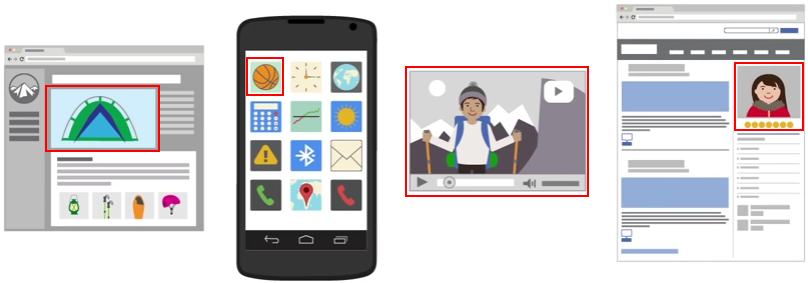
With display network campaigns, you can reach anyone anywhere. What Google has done with these ads is truly impressive – ads on websites, apps and now also online videos.
According to Google “AdWords display ads appear on over two million websites and in over 650,000 apps so your ad can show up wherever your audience is.”
There are 3 different pricing mechanisms:
- CPC – pay only per click on the add, CPC starts at around $3;
- CPM – pay each time someone sees your ad, cost per 1,000 impressions is ~$10++;
- CPA – pay when you reach the goal (purchase, subscription, etc.)

The campaign set-up is quite easy if you are familiar with AdWords. Click on “+ Campaign” > Display Network only. To get started make sure to view this detailed video guide.
2. Product listing ads
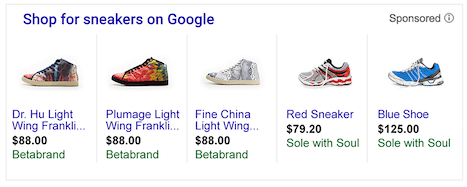
This online advertising opportunity is a must if you own an ecommerce store. Product Listing ads appear whenever a person searches for a specific product.
Expected cost: The minimum bid for this campaign starts at $0.10 per click and goes up to A LOT. $1 per click is a good medium. The daily budget starts at $10.
According to CPCStrategy a “PLA consistently generates the most traffic and profit for online sellers.” So, think no more & try it out.

To create a campaign, you have to add your products to Google Merchant Center (CSV upload is also a possibility) and link your AdWords account to it. Then the campaign creation is painless and can be done through AdWords > Search Network only (1). Here is a great video guide.
Note: This advertising option is limited to 22 countries, the full list is here.
3. Gmail ads

Fun fact, there are 1 billion Gmail users and I want to bet my lunch money that you are not advertising on this platform.
Expected cost: Cost per click is around $1. Here is a great research from Wordstream about 7 things they learned from spending millions on Gmail Ads.
According to Wordstream “You absolutely have to maximize your open rates because of the Gmail Ads track Quality Score. In price that’s a difference between $0.10 vs. $1.15 per click, based on the awesomeness or terribleness of your subject lines, etc.”
Creating a Gmail Ad Campaign follows the similar steps as the previous online advertising campaign. Go to AdWords, create a new campaign > select “Display Networks only” > “No marketing objective” > “All features” > fill out the rest & go to “create an ad group” window.
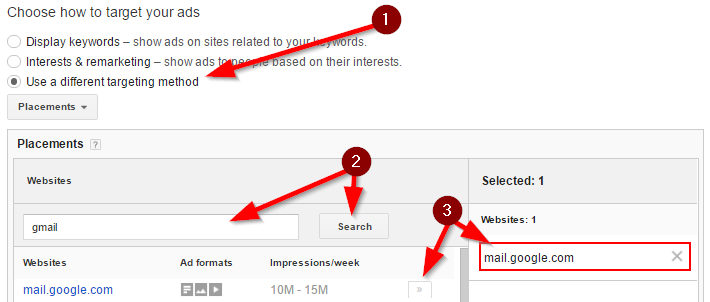
Then you should see the window above, select “Use a different targeting method” (1) > find Gmail (2) and add “mail.google.com” to the platform where your ad will be shown.
In case you need help, this 5-minute video will get you started.
4. Advertise with YouTube
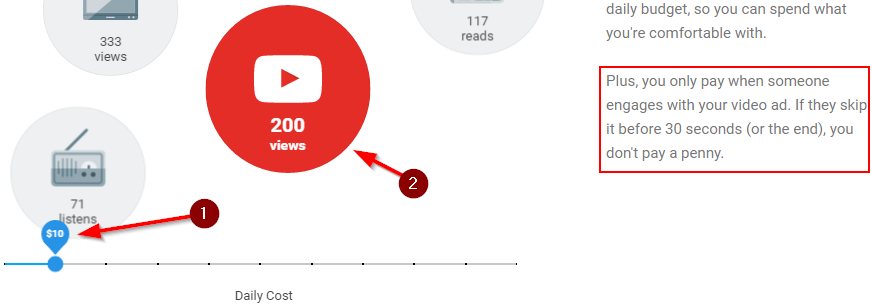
Imagine, you are watching “How to get away with the murder” clips and a video advertising lawyer services appears. Creative, huh?
That’s just one example of how YouTube’s ads can be used and boy, they work.
Expected cost: Per 200 video ad views, according to the YouTube data, you would pay $10. You can experiment with this daily cost calculator to see how many eyeballs your ad could generate.
The best part is that with YouTube “you only pay when someone engages with your video ad.” That means if people skip the ad before 30 seconds – you don’t pay. With this rule, YouTube is basically saying that they will bring you highly engaged users that are interested in your brand.
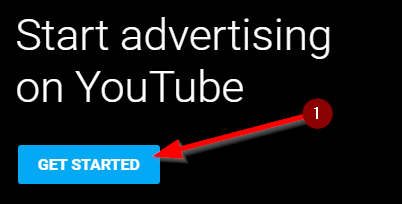
Launching a YouTube campaign is a 4 step procedure. Click here and you will be advertising on this platform by the end of the day.
5. Combine AdWords campaigns

When was the last time you bought something as soon as you saw the offer?
That happens rarely, if ever.
Brands push their products, logo, values in front of customers daily. According to numerous researchers, it takes 5-12 interactions with the brand for a user to make a purchase.
So, that one Display Network Campaign that you were running – it’s only natural that it didn’t convert.
Combine the verticals where people see & hear about your brand to move them closer to the purchase.
Process:
- Display Network Campaign + CPM are perfect for raising awareness.
- Create Gmail Ads to move them further down the funnel.
- If you have an e-commerce site, Product Listing Ads are the best way to raise an interest.
Now a customer knows you exist and is kind of interested in what you are selling. Create a desire with a video ad. Note: showing a video ad is possible not only on YouTube but also as a Display Network Campaign.
6. Bing ads

There are certain regions where creating Bing Ad Campaign might be a better idea than doing the same on Google.
Besides, Bing ads offer a direct link with AdWords so you can import your campaigns straight from Google. It might be a stellar idea especially if you take into account that cost per Bing’s search volume is much lower.
Expected cost: On average Bing ads are ~50% cheaper than the same set-up on AdWords.
And according to research run by Search Engine Watch, Cost per Acquisition with Bing ads is 3 times less than the exact same campaign on AdWords.

The campaign creation process with Bing is a 3-step procedure, it’s as easy as 123. If you have a campaign running on AdWords, here‘s a video guide on how you can import your ad to Bing.
7.Yahoo Gemini ads

This is one of the cheapest ad platforms out there. But with the low CPC comes UX struggles. In other words, setting up your first campaign can be a pain.
Expected cost: Yahoo ad gurus say that if you ever were to get a customer through these ads, the cost per acquisition could be well under $4. Incredible, right?
The struggle starts when you actually have to set up the ads. Even if it’s possible to import your campaigns from AdWords which hardly works, your best bet is to customize 51 column CSV file according to Gemini’s criteria.
The bidding is a bit of a nightmare as well – you create the campaign through Gemini platform but do the bidding through your Yahoo wallet (Currently – Aabacco Small Business). And this is just the tip of an iceberg.
A case study to learn about these struggles and creating an ad campaign with Gemini platform can be found here.
Nevertheless, do consider this online advertising opportunity if you are on a tight budget. It might be a great way to launch the business if your target segment uses Yahoo.
The best guide to set-up these ads can be found here. Note: There is very limited free help available on this subject.
8. Facebook’s marketing funnel
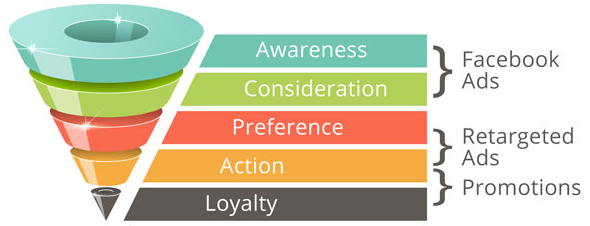
Nowadays Facebook is so advanced that it’s pretty much the only online advertising platform you need.
People spend an average of 50 minutes per day globally on Facebook’s apps & you can move them through you marketing funnel faster than ever before.
There are as many marketing funnel possibilities with Facebook as your creativity allows to think of. This is our favorite and in a way the cheapest option:
- Create a blog post (XX benefits of doing Y) and promote on Facebook to “cold audience”.
- From there you get people to your website.
- By offering an “XX+5 benefits of doing Y” you can capture their email addresses.
- Create a custom audience from those email addresses and an ad campaign – offer a discount, use scarcity hacks, fear of missing out, etc.
- Re-target and up-sell.
Expected cost: Cost per engagement to get people to your blog post is usually around $1. Lookalike audiences from an email imports have one of the highest conversion rates and your cost per acquisition can go as low as $5.
Setting up this sequence can take quite a time, so start slow. Get a handle of Facebook ads by boosting a blog post. Watch this video to learn how.
9. Advertise on LinkedIn

This is a gold mine if you are targeting human resource specialists, job hunters or influencers. Basically, people who hang out on LinkedIn on a daily basis.
Expected cost: Linkedin ads are a bit more expensive, but naturally they also have a much higher conversion rate. The daily budget starts at $10 per day.
With Linkedin, you can reach more than 450M active professional members worldwide.

It’s easy to get started, after you click on “Manage ads” (1), the rest of the process is very intuitive. If you need help, here is a great video guide on how to create your first Linkedin campaign.
10. Snapchat’s GEOfilters

This online advertising opportunity is great for local businesses to raise brand awareness. Snap’s GEO filters, like your logo or brand campaign’s image, can be made to appear on different Snaps at the selected location
Expected cost: Expected cost per 20 000 feet starts at $5 per Snap. Nevertheless, the engagement is one of the highest out there especially among people from 15 to 35 years of age.
Snap’s ad placement procedure lacks the automation thus this can get a bit tedious.
- Create your PNG following specific guidelines,
- Submit to Snapchat,
- Wait for the confirmation and once it’s confirmed you will be good to go.
Here are a bit more detailed guidelines for creating Geofilters but here you can get started.
Note: The Geofilters are available in limited locations, check if your location qualifies – here.
11. Ads with Instagram

Instagram ads can be created using Facebook’s ad manager and the best part is that Instagram is a bit cheaper than a similar type of ads on Facebook.
Expected cost: On Instagram, engagement costs less than on Facebook and the cost per click could go as low as $3.
For the ad to generate more clicks you should create a picture that is specifically designed to Instagram’s square dimensions (1080 x 1080 pixels or similar).
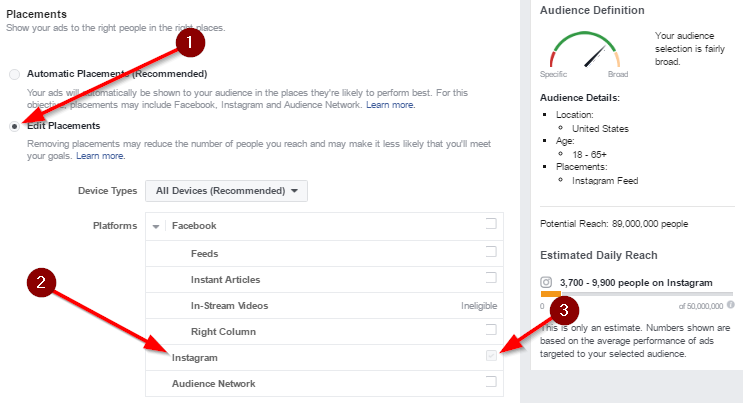
To launch a campaign on Instagram you should make sure you are not advertising on Facebook. In the “Edit Placements” section (1) you should deselect advertise with Facebook and pick only Instagram (3). If this seems a bit confusing, this 4-minute video will answer all your questions.
12. Promote your Pins

A good friend of mine summed up the primary users of Pinterest. These are women who dream about redecorating their home and graphic designers.
If that’s your target group and you are not advertising there – drop whatever you are doing and read this paragraph.
Expected cost: Cost per click is expected to start at $2 but the best part is that Pinterest links your e-shop or website directly with the pin. Those are called rich pins – a superb way to generate more leads.

You can find a great video guide to enable Rich Pins here. But to set up your first Pinterest ad you should watch this video guide and click here to get started.
13. Advertise with Amazon

As you can read from the image – Amazon has grown from an e-shop to platforms where we shop, read and watch video series. Thus, advertising to “ready to shop people” can be quite valuable.
Expected cost: Amazon segments the advertisers in two groups – above and below $30k budget. Click through rate can be well below $1 but, of course, it depends on what you are selling.
This advertising opportunity is especially appealing if you are already a seller with a few good reviews. Moreover, Amazon recently started testing Product Listing Ads so you might be able to kill two birds with one ad campaign.

To launch the campaign, watch this 10-minute video. Amazon, as always, has built a customer-friendly platform and if you are an existing seller, it’s a 2 step set-up.
14. Ads on Reddit
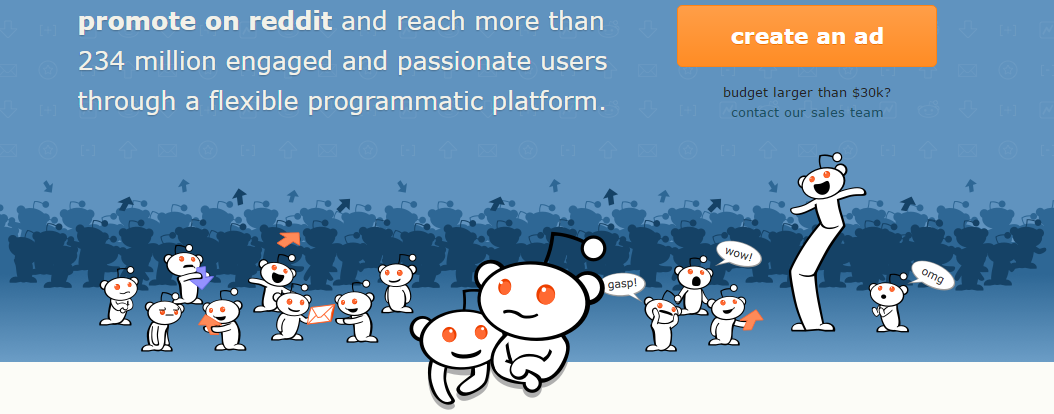
Reddit is a community of people like you and your friends. Just like your friends, also Reddit community expects some value and contribution from you. Don’t go advertising on this platform if what you are selling is not adding any value to Redditors.
Expected cost: This platform can convert incredibly well if you play by their rules. Cost per click can be well below $1.
Reddit community is famous for their high bounce rate so be “engaging”.
In this video advertising on Reddit is explained in a quite easy to understand way. Make sure to check it out. But if you are ready to create a campaign, click here.
15. Advertise with StumbleUpon

StumbleUpon is turning into a powerful platform. Just recently one of the Linkody’s articles was picked up by Stumblers and blog’s traffic nearly tripled.

Soon after it returned to the previous levels but you can feel the potential, right?
Expected cost: StumbleUpon is a platform that can put your content in front of thousands of people for less than 10 cents per view. If you have put blood, sweat, and tears into creating an article there are chances that your cost per click will be under one cent.

Boosting a piece of content on StumbleUpon after you click on “Get Started” (1) is a 3 step procedure. It’s easy, go test it.
Ready to test a new online advertising opportunity?
Facebook ads are not the only way to advertise your online business. Get creative and mix it up a bit.
In this post, I reviewed these 15 ad options:
- Display Network Campaign
- Product Listing Ads
- Gmail Ads
- Advertise with YouTube
- Combine AdWords Campaigns
- Bing Ads
- Yahoo Gemini Ads
- Facebook’s Marketing Funnel
- Advertise on LinkedIn
- Snapchat’s GEOfilters
- Ads with Instagram
- Promote your Pins
- Advertise with Amazon
- Ads on Reddit
- Advertise with StumbleUpon
We love to test different advertising strategies because you never know what will convert the best for your product or service. So, give it a go and feel free to experiment.
More than anything, I would like to hear about your experience on what works and what doesn’t in different industries.
Knowledge sharing with fellow entrepreneurs is priceless thus let’s turn the comment section into posts of pure gold.

The post All the Online Advertising Opportunities for Your Business appeared first on GetResponse Blog – Online Marketing Tips.
